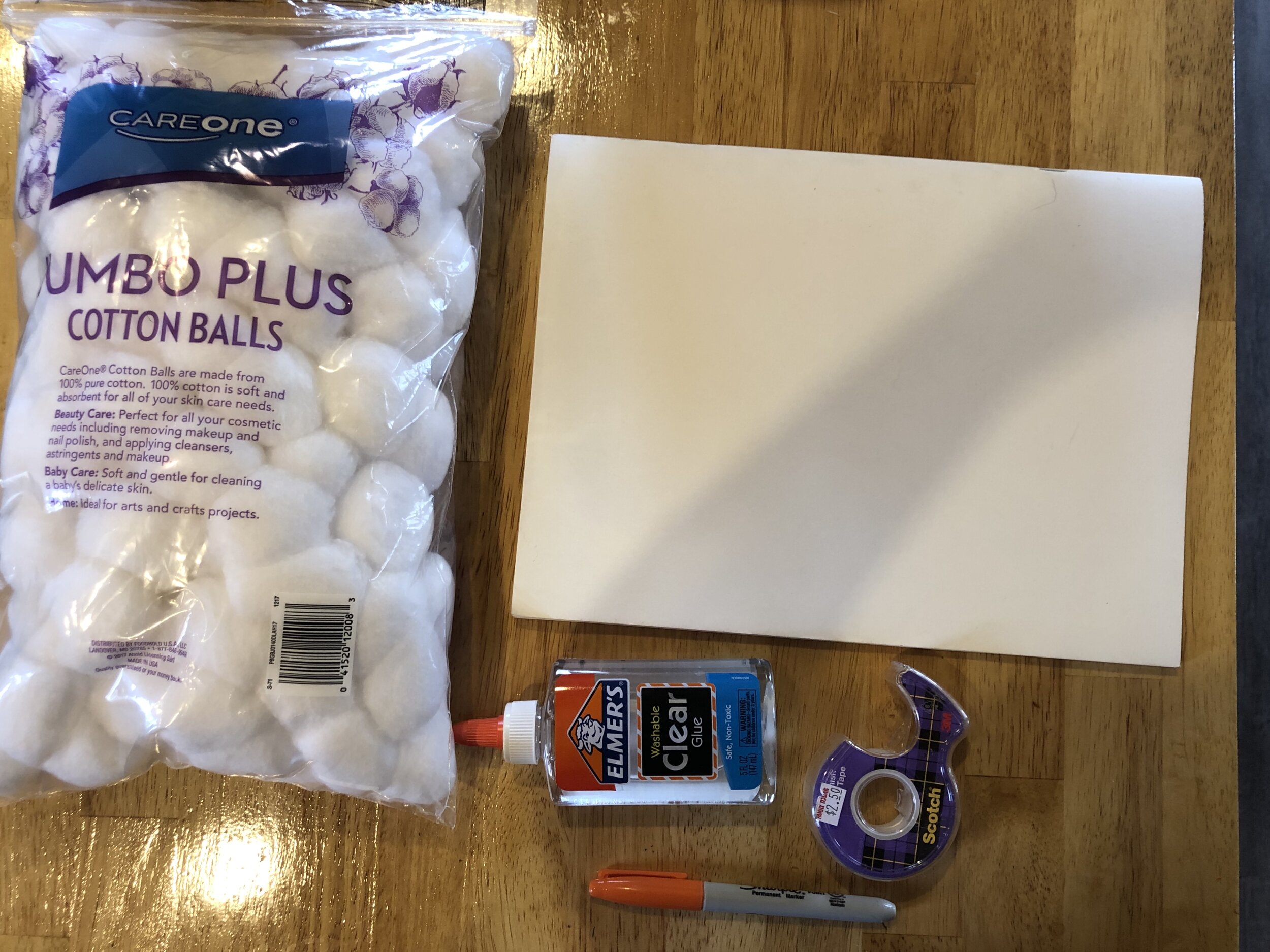Welcome to Change is Simple’s Online Learning Platform!
Overview: Today is a review of this unit’s information that was covered in the previous two lessons. Access to those two lessons is at the bottom of this page. Today’s activity is a set of questions through a form that is based on the topics from the 2 previous lessons.
Grade Level: 2-4
Theme: Earth Systems
Supervision needed? No
Essential Questions:
Materials Needed:
Standards:
Today’s Activity:
This week we covered topics surrounding the atmosphere and the hydrosphere. We’d love for you to complete this reflection through Google Forms as today’s activity.
Not sure what we talked about on Monday and Wednesday? Here’s a refresher!
Monday
Wednesday
Change is Simple will have lessons on next week on Wednesday and Friday. Enjoy the weekend!


























